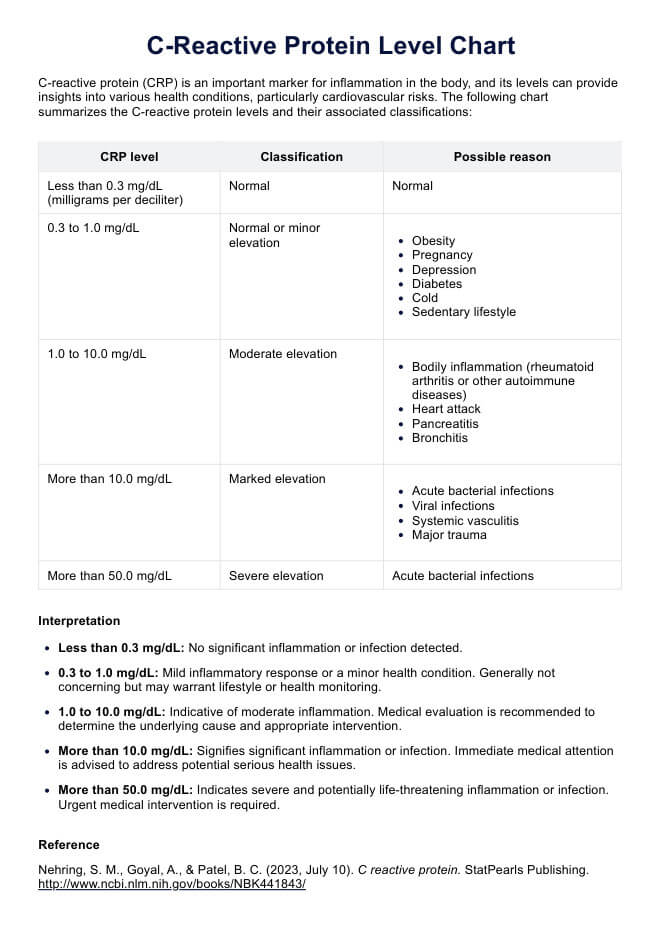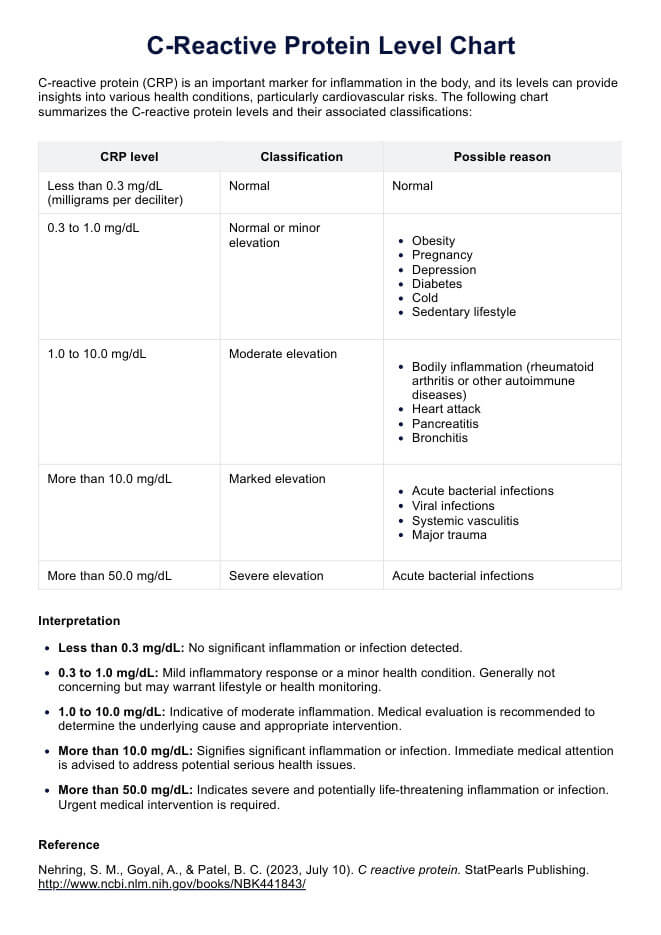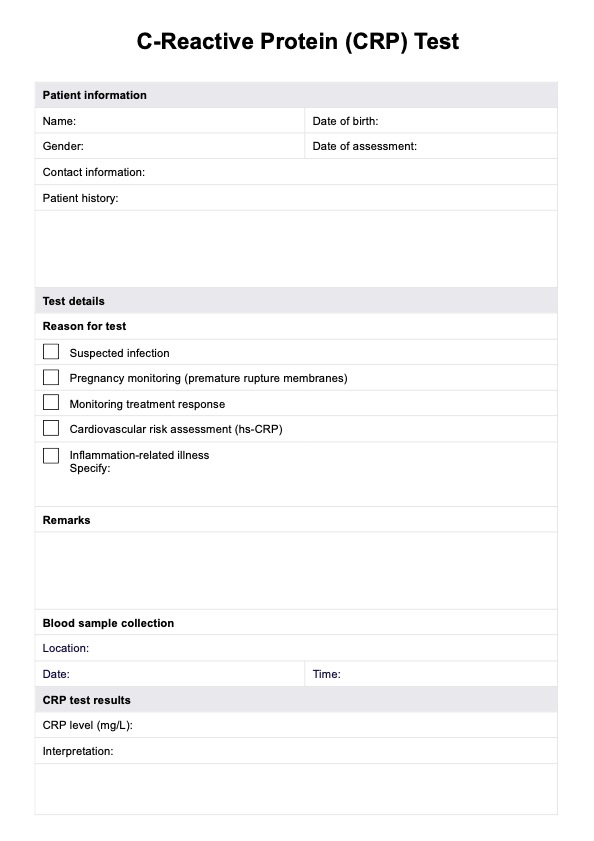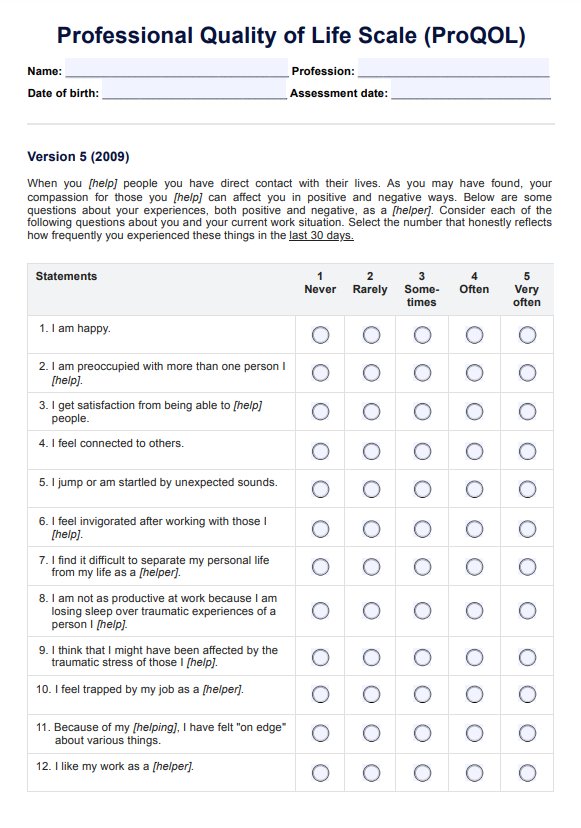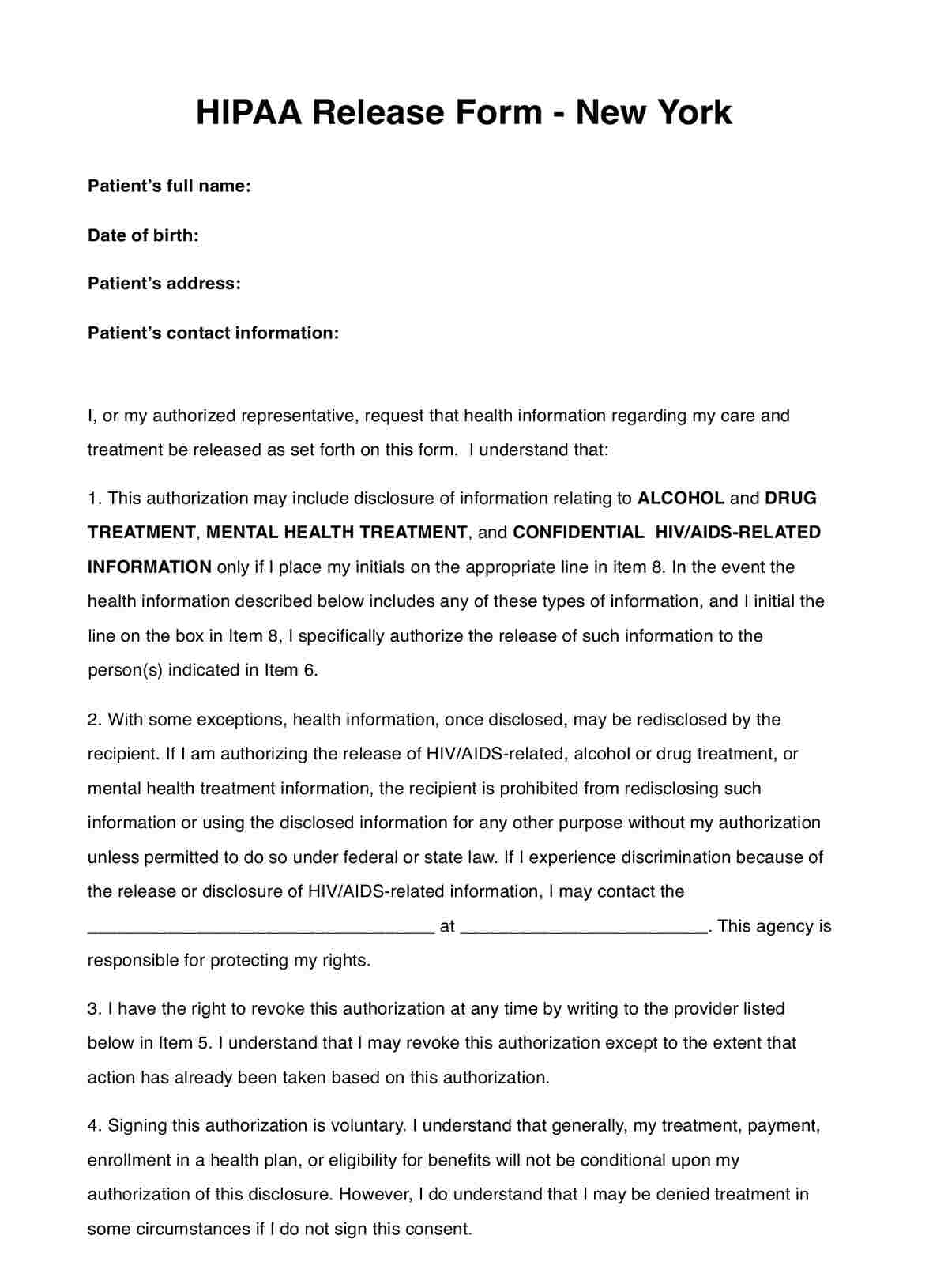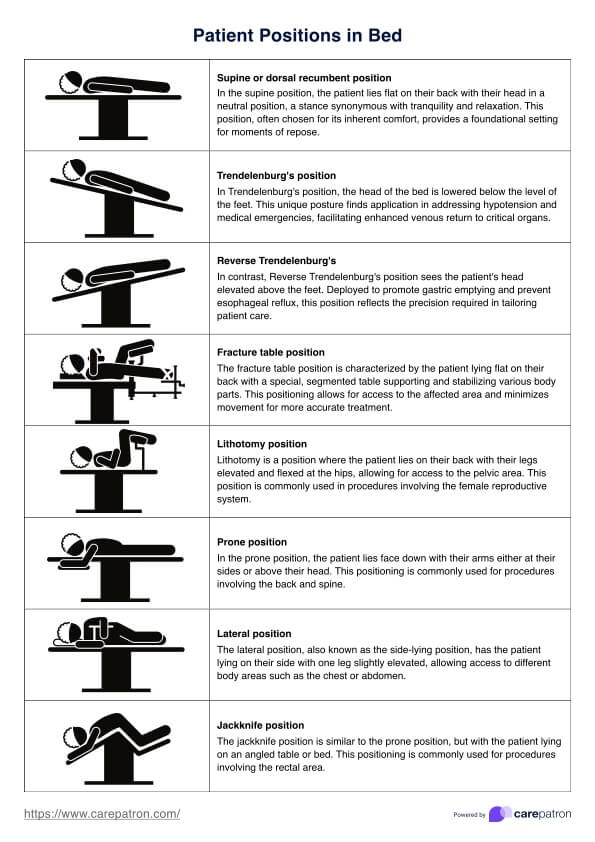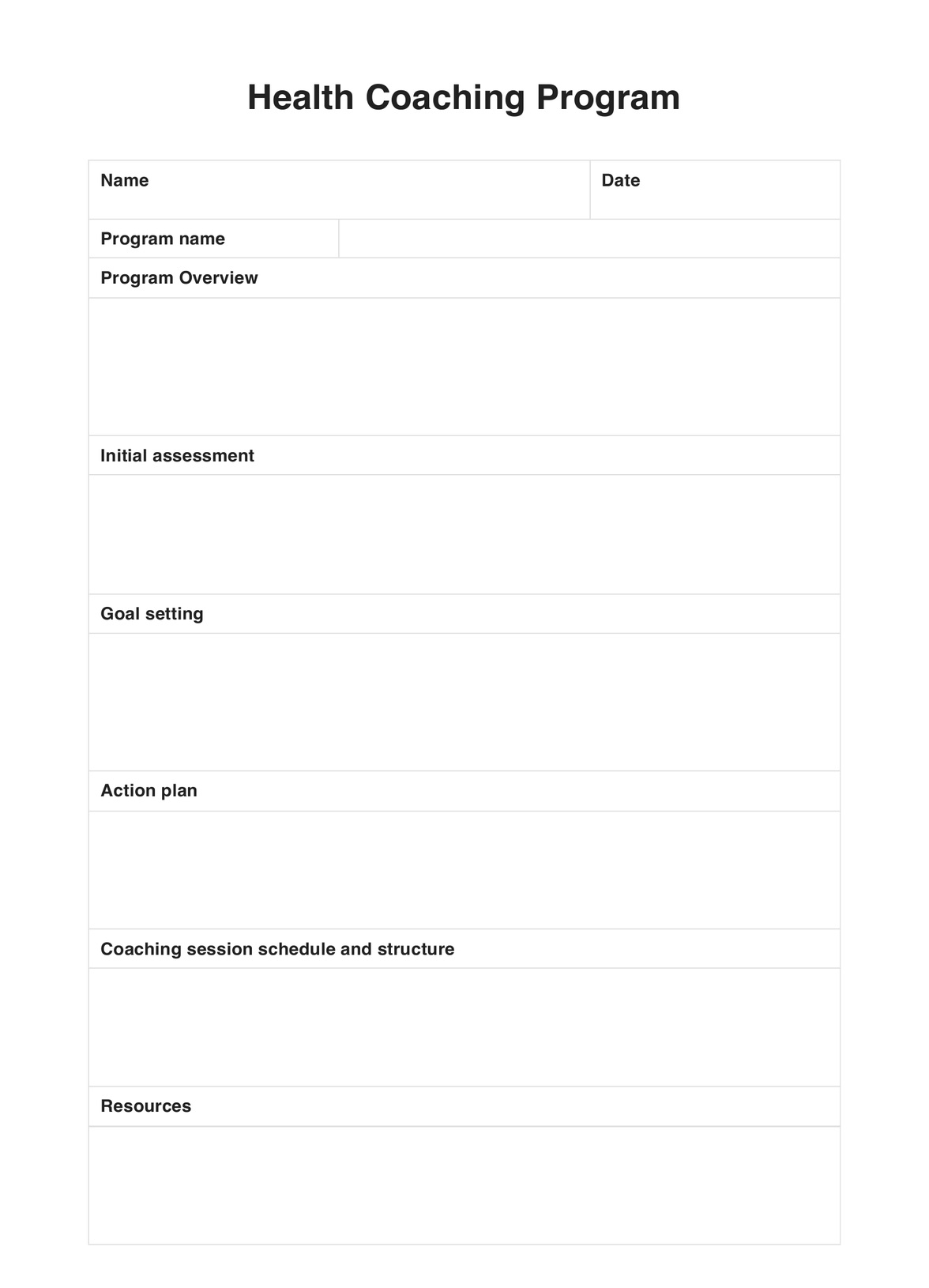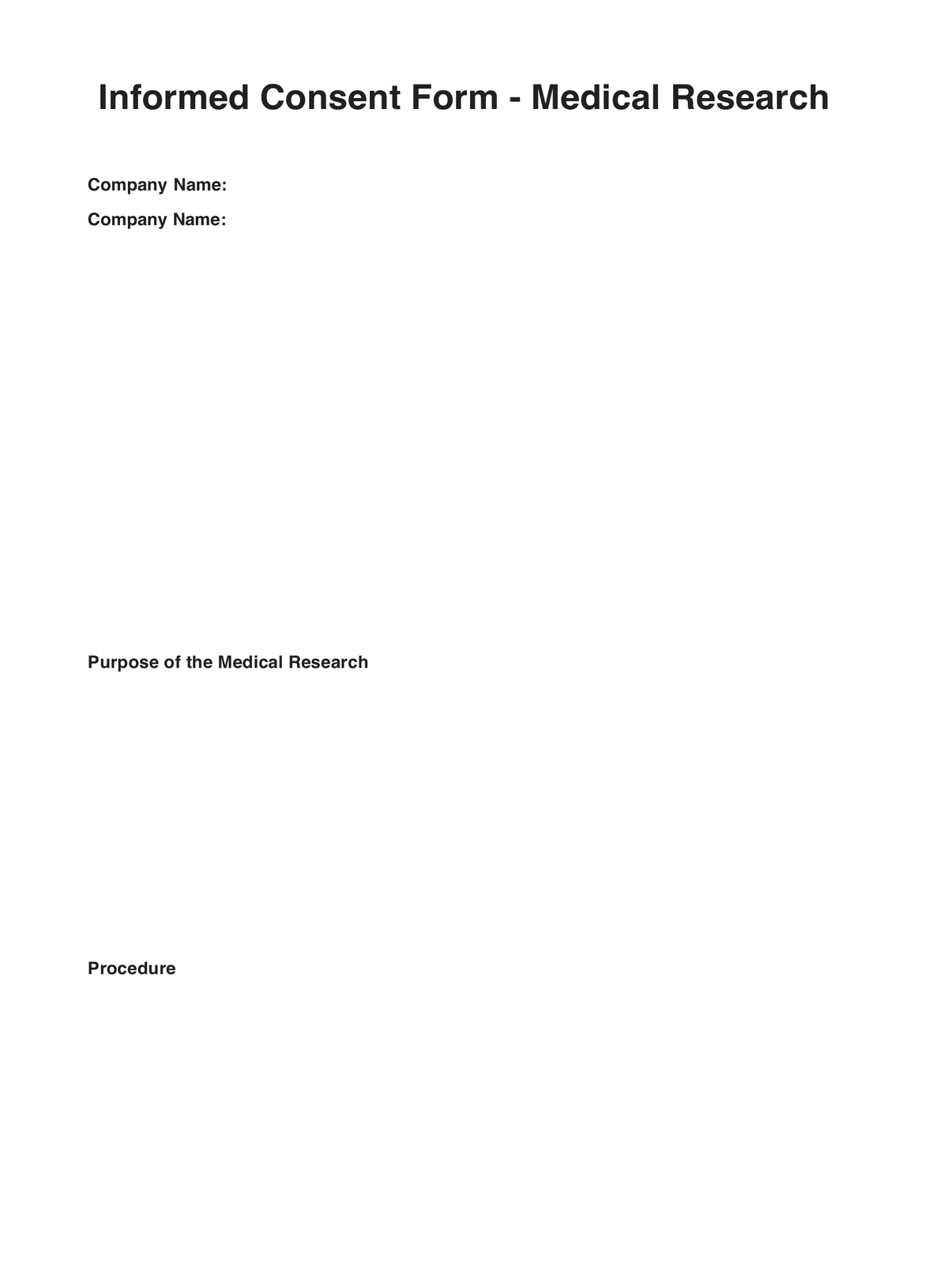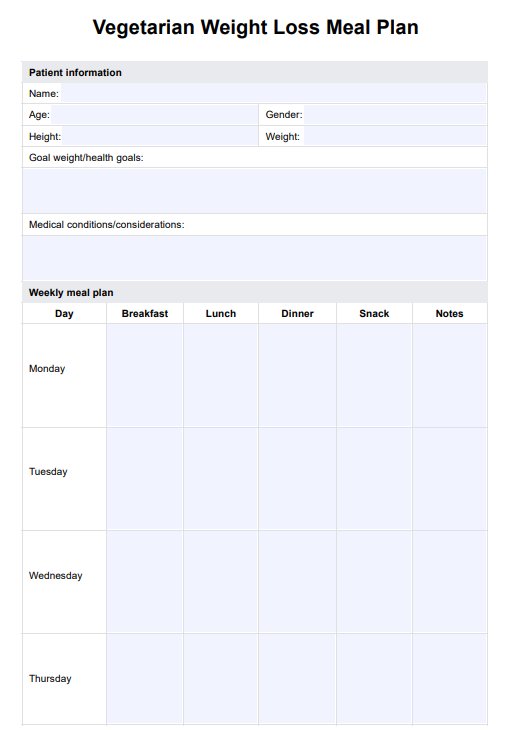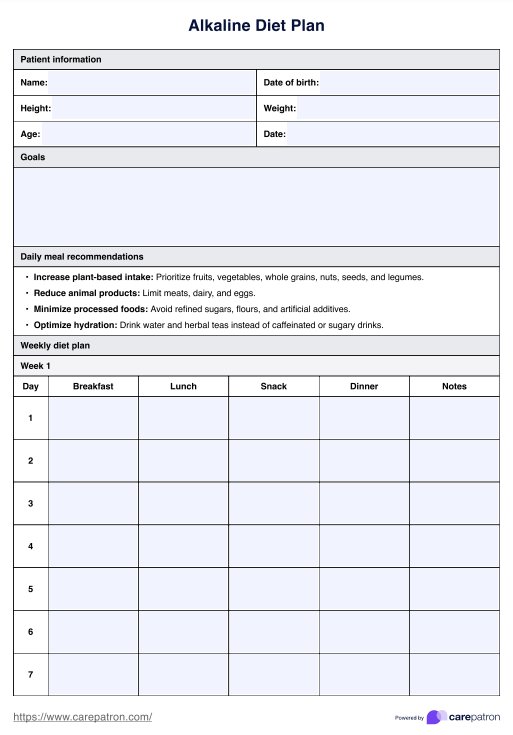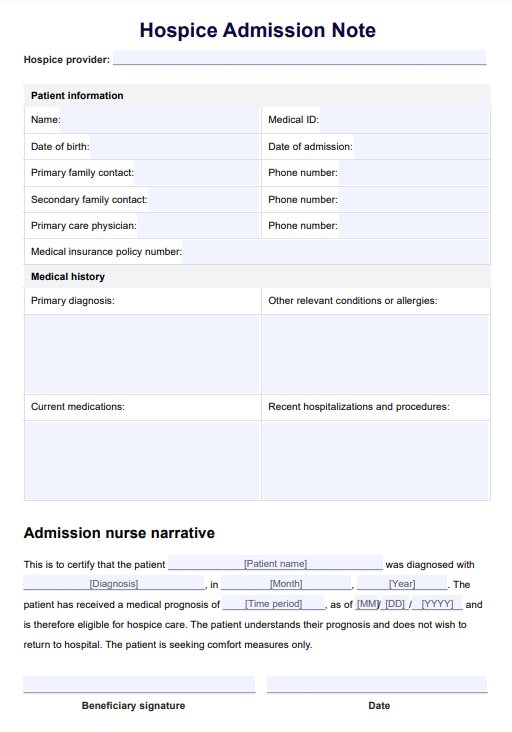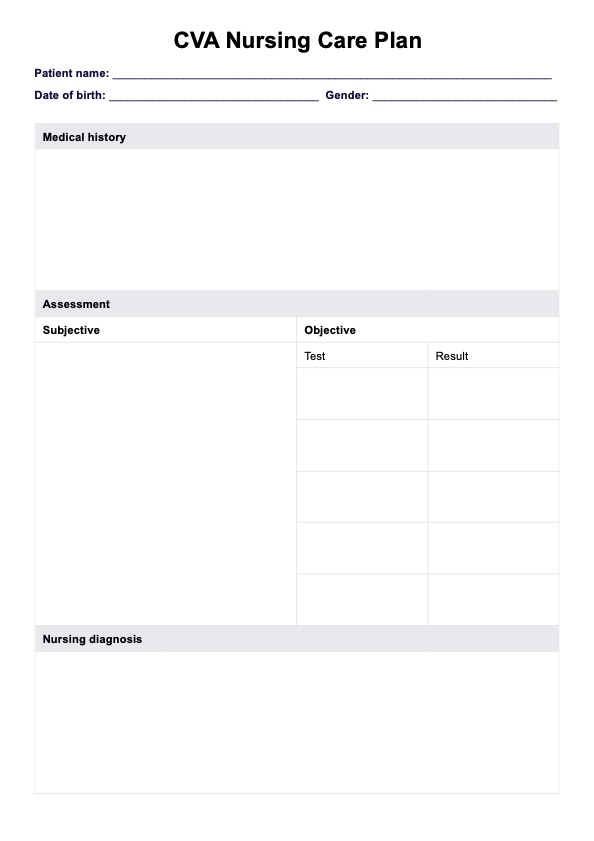C Reactive Protein Level
Discover Carepatron, your ideal C Reactive Protein Level App. Streamline CRP monitoring with our online patient portal and telehealth platform. Join now!


What is the C-Reactive Protein Level Chart?
In the ever-evolving healthcare landscape, professionals seek tools that enhance workflow and patient care. The C-Reactive Protein (CRP) Level Chart is an invaluable resource for clinicians managing inflammatory and infectious conditions. This chart helps interpret C-reactive protein (CRP) levels—produced by the liver in response to inflammation—to diagnose various conditions, from viral infections to chronic autoimmune diseases.
Designed for user-friendliness, the chart serves as a quick reference to assess whether CRP levels in blood vessels are normal or require further investigation—which might indicate complications such as infections or cardiovascular risk. This is especially useful in fast-paced clinical environments where time is critical.
C Reactive Protein Level Template
C Reactive Protein Level Example
How to use the C-Reactive Protein Level Chart
The C-Reactive Protein Test is a critical tool in detecting and managing conditions leading to inflammation and has become a standard part of cardiovascular assessments. Here's a step-by-step guide on how to effectively use this chart:
Step 1: Download the CRP Level Chart
Begin by downloading the latest CRP Level Chart from our website. This ensures you have the most accurate and updated version available, which is essential for the precise assessment of inflammation levels in patients.
Step 2: Conduct and record the CRP test
Carry out a CRP blood test to accurately measure inflammation levels. After processing the blood sample, record the patient’s CRP level on the chart. Make sure to fill in the patient's name, age, sex, contact information, and the test date.
Step 3: Analyze the results
Compare the recorded CRP levels to the benchmarks on the chart:
- Less than 0.3 mg/dL: Normal
- 0.3 to 1.0 mg/dL: Normal or minor elevation
- 1.0 to 10.0 mg/dL: Moderate elevation
- More than 10.0 mg/dL: Marked elevation
- More than 50.0 mg/dL: Severe elevation
Step 4: Discuss results and plan further action
Review the CRP test results with the patient, ensuring they understand their significance. Based on the results, determine the necessary follow-up actions, such as additional testing or immediate medical interventions.
Step 5: Schedule regular monitoring
Establish a schedule for regularly monitoring patients with elevated or high-risk levels of CRP. This ongoing evaluation is vital for tracking the effectiveness of the treatment and making timely adjustments to their healthcare plan, ensuring the best possible outcomes.
When would you use this form?
The C-Reactive Protein Level Chart is essential in various clinical settings. This chart's role extends beyond being a mere marker, as it is also recognized as an independent risk factor for several health conditions, particularly in relation to cardiovascular diseases and hypertension. Here are some scenarios where this chart proves invaluable:
- Initial health screening: This is recommended during routine health check-ups, especially for patients with a history of heart disease or autoimmune disorders.
- Monitoring chronic inflammation: This is important for patients with chronic inflammatory conditions like rheumatoid arthritis or lupus to track the effectiveness of treatments.
- Post-surgical recovery: To monitor for signs of infection or complications after surgery.
- Assessing the risk of heart disease: Elevated CRP levels, especially when considered alongside other cardiac risk factors such as high blood pressure, can significantly enhance the risk assessment of heart disease.
- Diagnosing infections: When bacterial infections are suspected, CRP levels often rise in response to inflammation.
- Evaluating response to medication: To check how well a patient responds to anti-inflammatory or immunosuppressive medications.
The CRP Level Chart is a versatile tool applicable to various medical scenarios. It aids in early detection, ongoing monitoring, and evaluating treatment efficacy for acute and chronic conditions, making it a staple in patient care.
What do the results mean?
Interpreting the results of the CRP Level Chart is crucial for effective patient management. Here's what common results indicate:
- Less than 0.3 mg/dL (normal): Indicates no significant inflammation. This is ideal and suggests the absence of acute infections or chronic inflammatory diseases.
- 0.3 to 1.0 mg/dL (normal or minor elevation): This range may suggest low risk and indicates mild inflammation, which could be due to various factors such as infection, ongoing medical conditions, or stress. It is generally not concerning but may warrant monitoring.
- 1.0 to 10.0 mg/dL (moderate elevation): Levels in this range often indicate moderate inflammation. While this may suggest low to moderate risk, it is essential to investigate further to determine the underlying cause, which could be related to infections or chronic conditions.
- More than 10.0 mg/dL (marked elevation): This level typically signifies significant inflammation or infection and requires immediate medical attention to identify and treat the underlying cause.
- More than 50.0 mg/dL (severe elevation): Such high levels often indicate severe inflammation or acute bacterial infections and may suggest chronic inflammatory conditions. This necessitates urgent medical intervention and long-term management strategies.
The CRP Level Chart provides valuable insights into a patient's inflammatory status. Understanding these results enables healthcare professionals to make informed decisions about diagnosis, treatment, and management of various health conditions. This understanding of inflammatory disease is crucial, especially following the chart's practical application, as discussed in the previous sections.
Research and evidence
The clinical use and history of CRP as a biomarker have been extensively studied, revealing its significant role in various medical fields. For instance, the measurement of CRP, mainly using high-sensitivity CRP (hs-CRP) assays, has become increasingly common in clinical practice.
This is particularly true in internal medicine, where CRP is used for risk stratification and management in cardiology, gastroenterology, rheumatology, infectious diseases, and oncology. The Canadian Cardiovascular Society's 2009 guidelines and the Reynolds Risk Score, which includes hs-CRP, underscore its importance in cardiovascular disease risk assessment (Windgassen et al., 2011).
CRP testing can also aid in distinguishing between viral and bacterial infections, potentially reducing unnecessary antibiotic use. A randomized trial in primary care found that CRP-guided prescribing reduced antibiotic use for respiratory tract infections by 15% without compromising patient outcomes (Little et al., 2013).
These studies underscore the critical role of CRP in modern medicine, particularly in diagnosing and managing health conditions.
References
Little, P., Stuart, B., Francis, N., Douglas, E., Tonkin-Crine, S., Anthierens, S., Cals, J. W., Melbye, H., Santer, M., Moore, M., Coenen, S., Butler, C., Hood, K., Kelly, M., Godycki-Cwirko, M., Mierzecki, A., Torres, A., Llor, C., Davies, M., Mullee, M., … GRACE consortium (2013). Effects of internet-based training on antibiotic prescribing rates for acute respiratory-tract infections: a multinational, cluster, randomised, factorial, controlled trial. Lancet, 382(9899), 1175–1182. https://doi.org/10.1016/S0140-6736(13)60994-0
Windgassen, E. B., Funtowicz, L., Lunsford, T. N., Harris, L. A., & Mulvagh, S. L. (2011). C-reactive protein and high-sensitivity C-reactive protein: An update for clinicians. Postgraduate Medicine, 123(1), 114-119. https://doi.org/10.3810/pgm.2011.01.2252
Commonly asked questions
C-reactive protein (CRP) is a marker of inflammation in the body. Elevated c-reactive protein levels can indicate infection, inflammation, autoimmune disease, or other health conditions. Monitoring CRP levels is crucial for diagnosing and managing various diseases, including cardiovascular disorders.
CRP levels above 3 mg/L are considered high and concerning, indicating a higher risk of cardiovascular disease. Levels between 1-3 mg/L are intermediate risk, while less than 1 mg/L is low risk. However, a single elevated CRP test is not enough to determine risk - two measurements taken 2 weeks apart should be averaged for a more accurate assessment.
A wide variety of inflammatory conditions, including infections, autoimmune disorders like rheumatoid arthritis and lupus, tissue injury, cancer, and obesity, can cause high CRP levels. A severe bacterial infection is the most common cause of markedly elevated CRP over 10 mg/L.


